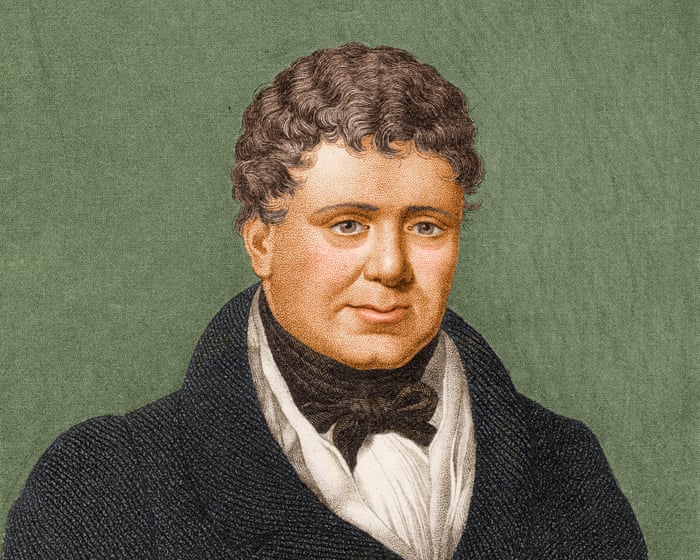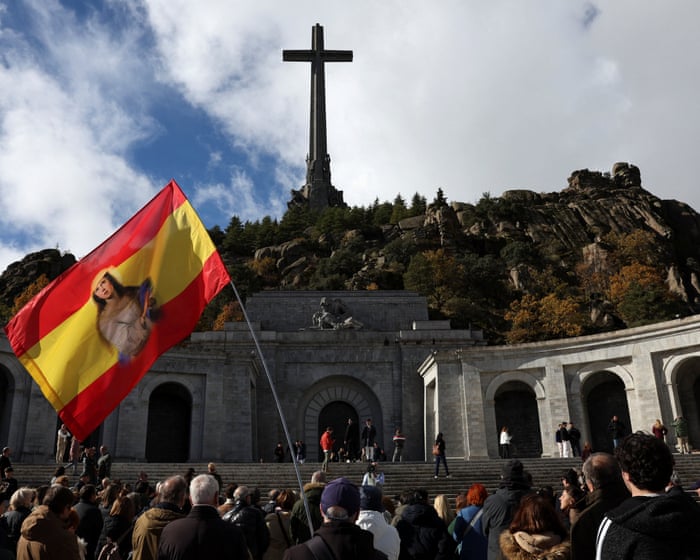On his deathbed, Daniel O’Connell—known as “the Liberator” of Ireland—made a final request: “My body to Ireland, my heart to Rome, and my soul to heaven.”
This Wednesday, Ireland celebrated the 250th anniversary of his birth with speeches and ceremony, but one question lingered: Where is his heart?
After O’Connell’s death in 1847, his heart was sent to Rome and kept as a revered relic in the Irish College at St. Agata dei Goti (the Church of the Goths). But in 1927, authorities discovered it had vanished.
It remains missing, and this week’s commemorations have sparked calls for a fresh search.
“It’s a travesty if it was just left like that,” said Maurice O’Connell, the statesman’s great-great-great-grandnephew. “With the 250th anniversary, if we don’t search now, we never will. There’s momentum now—I’m sure the government would support uncovering more of Daniel O’Connell’s story. But we have to try to find it.”
The descendant hopes the heart could be laid to rest on Abbey Island in County Kerry, where O’Connell’s wife, Mary, is buried. “It would be incredible if his heart were reunited with hers.”
Born in Kerry, O’Connell was a barrister and MP who became the father of Irish nationalism, securing Catholic emancipation and leading efforts to repeal the Act of Union that bound Ireland to the UK. His powerful speeches and mass rallies inspired civil rights movements worldwide. William Gladstone called him “the greatest popular leader the world has ever seen.”
Today, statues of O’Connell stand across Ireland, streets bear his name, and his body rests beneath a round tower in Dublin’s Glasnevin Cemetery. But his heart is nowhere to be found.
Embalmed and believed to have been stored in an urn behind a marble plaque in the Irish College’s church, the heart disappeared when the college relocated in 1927. One theory suggests it was accidentally moved during construction for the Bank of Italy, which encroached on the church’s crypt, and reburied at Campo Verano cemetery. Another possibility is that thieves stole it after it was placed in a silver casket.
“What a tragedy to think O’Connell’s heart might have been stolen,” historian John Crotty said. “But that’s the worst-case scenario. There’s still hope it was moved to Campo Verano—or that it remains hidden beneath the Church of the Goths to this day.”




